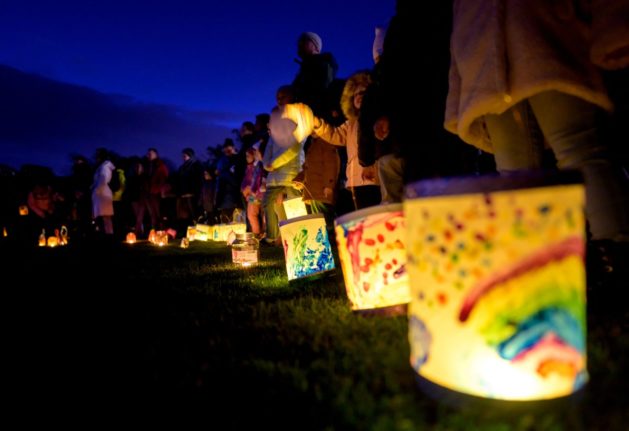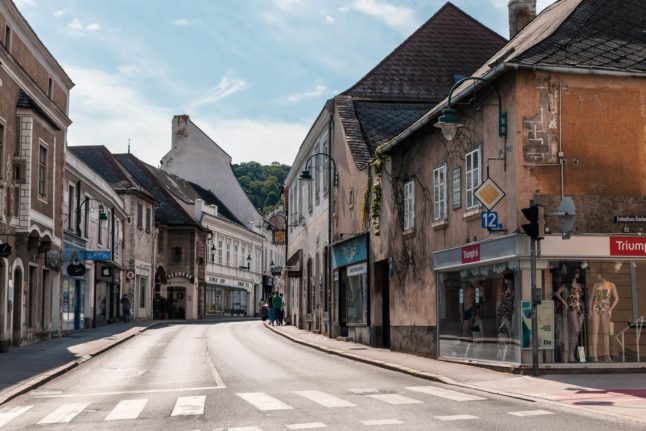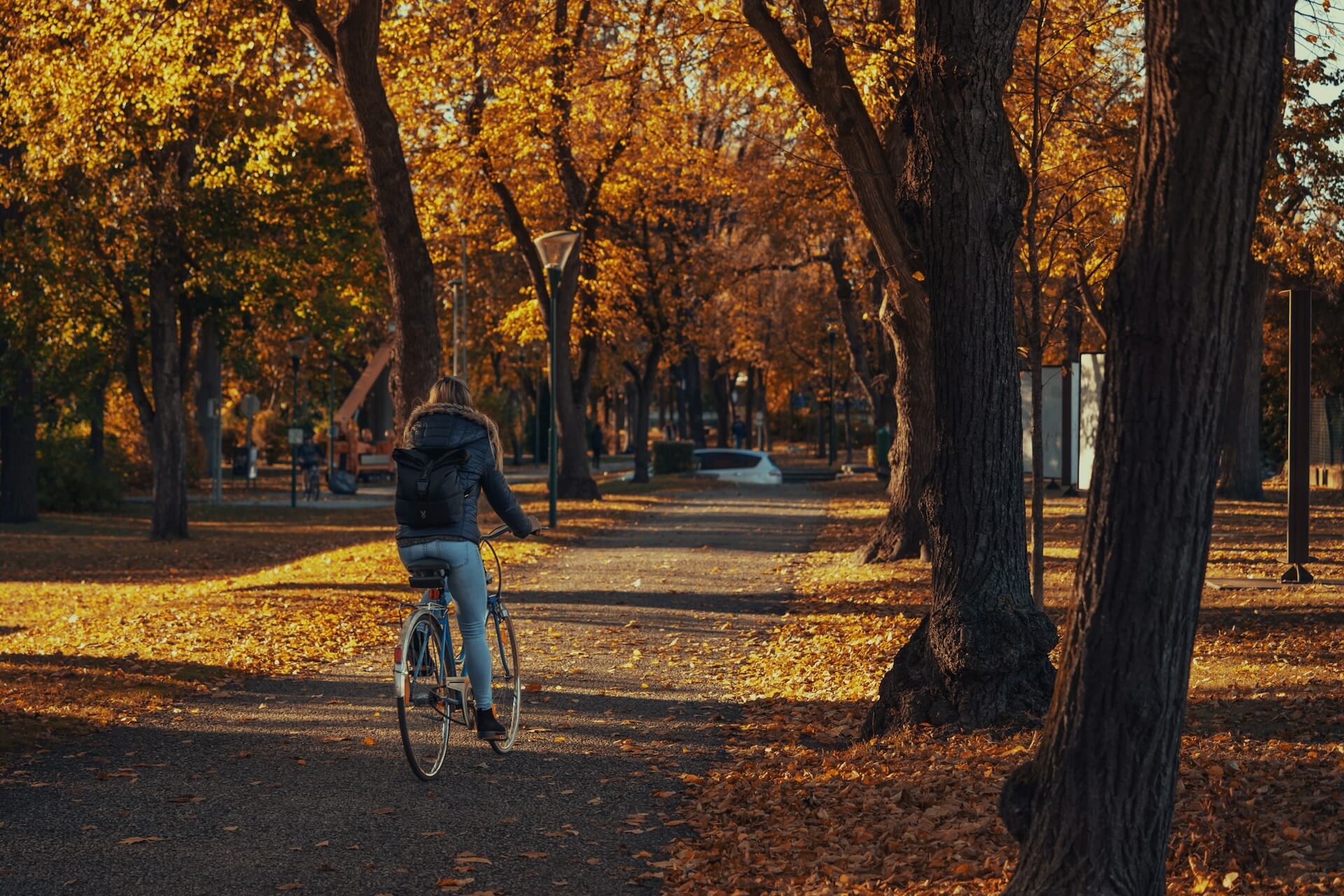As a central European country with strongly Catholic ties, Austria has a wealth of public holidays each year, both religious and secular. Some regions also observe additional public holidays, honouring local patron saints, or acceptance to the Austrian nation. Often it’s an excuse for a big party.
Here are the public holidays for 2024 – including a little information on those celebrations you may not be familiar with and where in Austria they are celebrated.
JANUARY
Monday 1st – New Year’s Day / Neujahr
Saturday 6th – Epiphany / Heilige Drei Könige
MARCH
Tuesday 19th – St Joseph’s Day / Josefstag
Honoring the father of Christ, this Catholic festival is observed in Carinthia, Styria, Tyrol and Vorarlberg, as he is considered the patron saint of those states. Children don’t go to school and banks and many other businesses are closed, but it is not a public holiday for all.
Sunday 31st – Easter Sunday / Ostersonntag
APRIL
Monday 1st – Easter Monday / Ostermontag
MAY
Tuesday 1st – Labour Day / Tag der Arbeit
As with much of Europe, Labour Day is observed across Austria. In Vienna (and other major cities), you’ll encounter parades and other protests in support of worker’s rights and other causes tending towards the issues of the day. Meanwhile, you’re far more likely to encounter the traditional ‘Maibaum‘ (maypole) in the centre of many small rural villages and towns, with rowdy celebrations taking place around them.
Thursday 4th – St Florian’s Day / Floriani
St Florian’s Day is observed across Upper Austria, as he is considered the patron saint of the state. According to his legend, he was martyred in the town of Lorch in Enns for refusing to renounce the Christian faith. Florian is also the patron saint of firemen, thanks to an miracle in which he is supposed to have doused a house fire with a single pitcher of water. In this respect, you’re like to see the local ‘feuerwehr‘ (fire brigade) dressed in their best uniforms, on parade on this day.
Thursday 9th – Ascension Day / Christliche Himmelfahrt
Sunday 19th – Whitsunday / Pfingstsonntag
Monday 20th – Whitmonday / Pfingstmontag
Thursday 30th – Corpus Christi / Fronleichnam
AUGUST
Thursday 15th – Assumption Day / Mariä Himmelfahrt
SEPTEMBER
Tuesday 24th – St Rupert’s Day / Ruperti
Saint Rupert is the patron saint of Salzburg, and his feast day is observed there as a public holiday. This eighth-century Bishop of Salzburg kickstarted the development of the city as a local power, and since the middle ages the ‘Rupertikirtag‘ folk festival draws hundreds of thousands of visitors to the city’s centre each year. Concentrated on the five days surrounding his feast day, it’s been described as a ‘more family-friendly Oktoberfest’.
OCTOBER
Thursday 10th – Plebiscite Day
The inhabitants of the region known as Carinthia voted on the 10th of October 1920 to join the Republic of Austria, with a succesful majority vote of 59 percent. This (mostly) established the national borders that we see today. It is observed as a public holiday in the modern state of the same name.
Saturday 26th – Austrian National Day
Austria celebrates its national day on October 26th, the anniversary of the date in 1955 that it passed its constitutional law regarding neutrality. It also honours the nation’s vote the same year to seperate from Germany, following the events of World War Two. There is an address to the nation by the Federal President, religious services in churches are held and other festivities across the nation take place, honouring its independence and neutral status. Needless to say, it’s a public holiday across the entire country although this year it falls on a Saturday.
READ MORE: Brückentag, Fenstertag or Zwickeltag? All the German words for getting longer holiday weekends
NOVEMBER
Friday 1st – All Souls / Allerheiligen
Monday 11th – St Martin’s Day / Martini
‘Martini’ is a popular religious festival across the German-speaking world, and is observed as a public holiday in the state of Burgenland. Honouring St Martin of Tours, children watch a recreation of the story in which the Roman legionary shared his cloak with a beggar. They also eat biscuits shaped like geese, in memory of the legend that the fowl gave him away, when hiding from those who wanted to make him a bishop. The most visible – and beautiful – aspect of Martini is the procession of lanterns led by children in the evening, singing the song ‘Laterne, Laterne’.
Friday 15th – St Leopold’s Day / Leopoldi
Saint Leopold was, in fact, a Margrave of Austria, hailing from the powerful Babenberg dynasty. Considered to be exceptionally generous and pious, he founded a number of monastic institutions across his realm in the 12th century. His feast day is observed in Lower Austria and Vienna, and festivities are especially concentrated around Klosterneuburg. On this day, you’re likely to see folks sliding off barrels in the cellars of the monastery, to whoops of admiration. This has nothing to do with Saint Leopold, but a reminder of the medieval practice of tithing wine to the church on his feast day, after which those donating would slide off the barrels (presumably having sampled the product).
DECEMBER
Sunday 8th – Feast of the Immaculate Conception / Mariä Empfängnis
Tuesday 24th – Christmas Eve / Weihnachten
Wednesday 25th – Christmas Day / Weihnachten
Thursday 26th – St Stephen’s Day / Stefanitag
The reasons behind St Stephen’s Day being observed across Austria are particularly murky, but the dedication of Vienna’s cathedral to the very first saint could possibly be the cause. Throughout Austria, in addition to it being declared a public holiday, folk rituals such as the distribution of special loaves called ‘Störi’, as well as a kind of drinking ritual known as the ‘Stefani stoning’ take place.
Tuesday 31st – New Year’s Eve / Silvester
New Year’s Eve is also the Roman Catholic feast of Saint Sylvester, a fourth century Pope – hence why many German-speaking regions refer to it as ‘Silvester’. No word as to whether the pontiff enjoyed fireworks and making poor, drunken decisions however. While Silvester is not a federal public holiday, most banks and shops are shut or close on this day throughout the country.








 Please whitelist us to continue reading.
Please whitelist us to continue reading.
Member comments